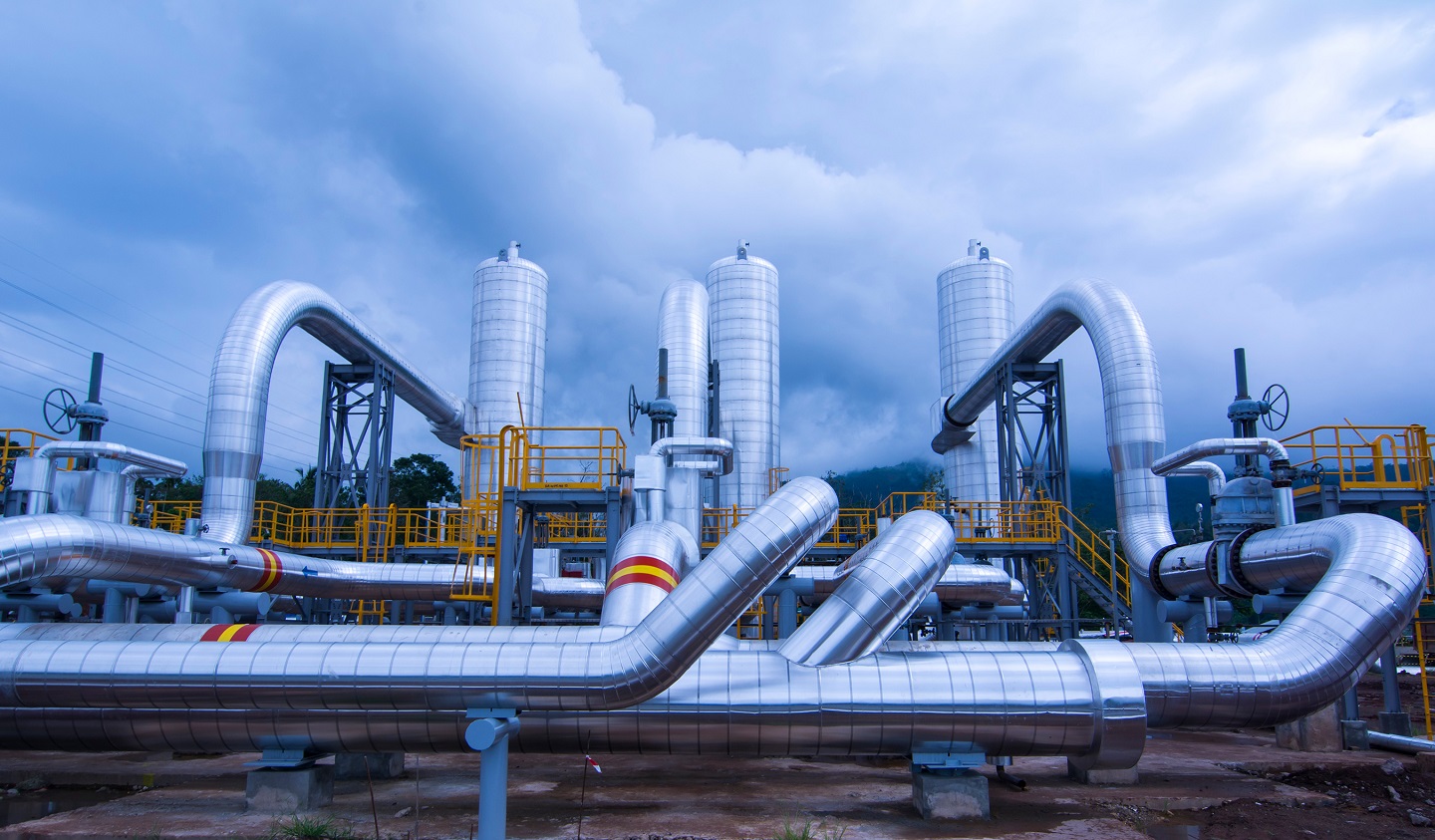
Renewable energy company Ormat Technologies has signed contracts with Mercury New Zealand (NZ) for a new 56MW geothermal power plant at Ngatamariki, New Zealand.
Under the engineering, procurement, and construction (EPC) supply contracts, Ormat will provide its advanced geothermal equipment for the development.
This project is an extension of the current 96MW Ngatamariki geothermal power plant. This new plant will be developed on the same platform as the existing facility.
It is expected to have a total output of more than 150MW with the added Ormat Energy Converter.
Ormat’s geothermal technology at the Ngatamariki plant is expected to power approximately 45% of the country’s geothermal energy market once operational.
With this expansion, the facility could become the largest pure binary power plant in New Zealand and one of the top five largest in the world.

US Tariffs are shifting - will you react or anticipate?
Don’t let policy changes catch you off guard. Stay proactive with real-time data and expert analysis.
By GlobalDataThe plant will use Ormat’s organic Rankine cycle technology and be equipped with the most recent turbine, requiring less maintenance.
This is Mercury’s third contract with Ormat, which currently operates the 35MW Rotokawa and four Ngatamariki units.
Ormat CEO Doron Blachar said: “This new order now represents the second-largest contract that has come out of New Zealand within the last 18 months, and we are encouraged at the rate of adoption and expansion for geothermal electricity generation in the country.
“The inclusion of this new project will double the size of the expected third-quarter backlog in the company’s [Ormat] Products segment.
“With this new power plant together with Topp 2 and Tehuka projects both in progress, we believe we are in a great position to continue growing our share in the region, while simultaneously helping New Zealand continue its efforts to reduce CO₂ emissions through sustainable electricity generation.”



